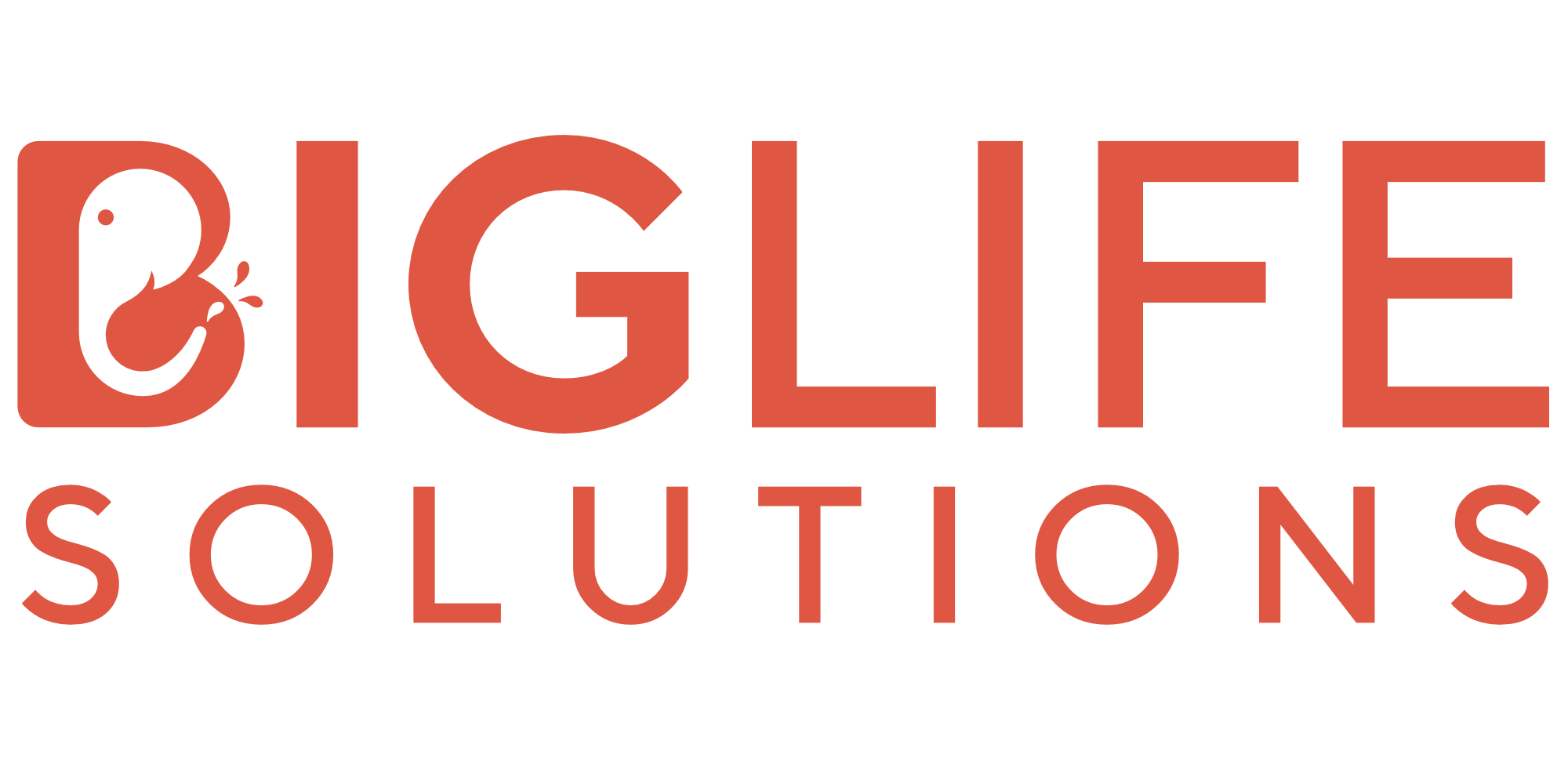Does it sometimes feel like finding happiness is about as easy as herding cats? You seem to find it and take hold of it, but then it slips right through your fingers, leaving you back in the doldrums and searching for that ‘thing’ to lift your spirits.
If that sounds familiar, you’re not alone. There’s a reason happiness can appear so elusive.
That reason is linked to the concept of ‘hedonism’—the school of thought that argues pleasure and suffering are the only components of well-being. On that line of thinking, if you feel pleasure, you are happy; if you don’t, you’re probably miserable.
From hedonism comes the term ‘hedonic’, defined as ‘relating to, characterised by, or considered in terms of pleasant (or unpleasant) sensations’. This leads to the idea of ‘Hedonic Well-being’, which essentially states that well-being is found through the perpetual experience of pleasure—no pleasure means no happiness.
But there’s a sting in the tail.
That initial surge of pleasure you feel from particular experiences gradually fades until you return to ‘normal’ levels. This means you need another ‘pleasure hit’ to get that happiness high again. And so it goes on. There’s a term for it: the Hedonic Treadmill.
This theory helps explain why happiness seems always just out of reach, or constantly slips from your grasp; and why the pursuit of happiness seems like a never-ending quest.
But is that the only route to well-being? In the film ‘The Life of David Gale’, the professor neatly sets out how Hedonic Well-being works, but then offers an alternative: a life spent pursuing ‘ideals and ideas’.
So what does that look like?
The dictionary defines ‘ideals’ as ‘a principle, idea, or standard that seems very good and worth trying to achieve’. To live in pursuit of ideals and ideas is to pursue what matters to you—to live with meaning and purpose, aligned to your strengths and values.
This is where the Eudaemonic Well-being model comes in.
The Eudaemonic Well-being model focuses on meaning and self-realisation, defining well-being in terms of whether you’re living a life of purpose—one which lines up with your values and your best self.
You may find that purpose through personal development and growth. You may focus on building increased awareness and mindfulness. You might engage in pro-social activities like volunteering or community projects. But however you do it, in the Eudaemonic model, your activities will be focused on things that have purpose and meaning for you.
Sure, as you engage in activities filled with purpose, you may not get the immediate hit of happiness that watching your team win might give you. With Eudaemonic Well-being, happiness is often more of a slow-burn. But where the instant rush of hedonic happiness fades, the gently increasing happiness that purpose brings tends to be much more enduring.
There’s absolutely nothing wrong with seeking pleasure—who doesn’t look forward to a nice meal with a loved one or spending time with friends? But the trick is to make sure that pleasure is the icing and not the cake.
The trick is to live with purpose in a way that lines up with your values. Then, you have a firm happiness foundation that can persist even when things aren’t going your way.
So, if you feel your pursuit of happiness is never-ending, how about turning the tables? Stop chasing happiness and allow it to come to you instead.
This week, think about what matters to you most in life. Once you’ve figured out your number one value, think of just one thing you can do in the next seven days that will help you live aligned to that value.
You’ll be amazed at the difference pursuing meaning, rather than just pleasure, makes.

